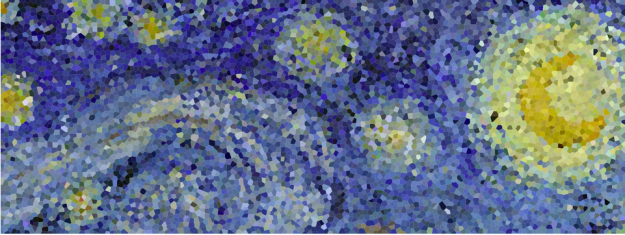Tom White is an artist who uses neural networks to draw abstract pictures of objects. What looks blobby and fuzzy to us looks more concrete to the machine.
That “voice” is actually a series of algorithms that White has dubbed his “Perception Engines.” They take the data that machine vision algorithms are trained on — databases of thousands of pictures of objects — and distill it into abstract shapes. These shapes are then fed back into the same algorithms to see if they’re recognized. If not, the image is tweaked and sent back, again and again, until it is. It’s a trial and error process that essentially ends up reverse-engineering the algorithm’s understanding of the world.
Tags: algorithms, neural network


